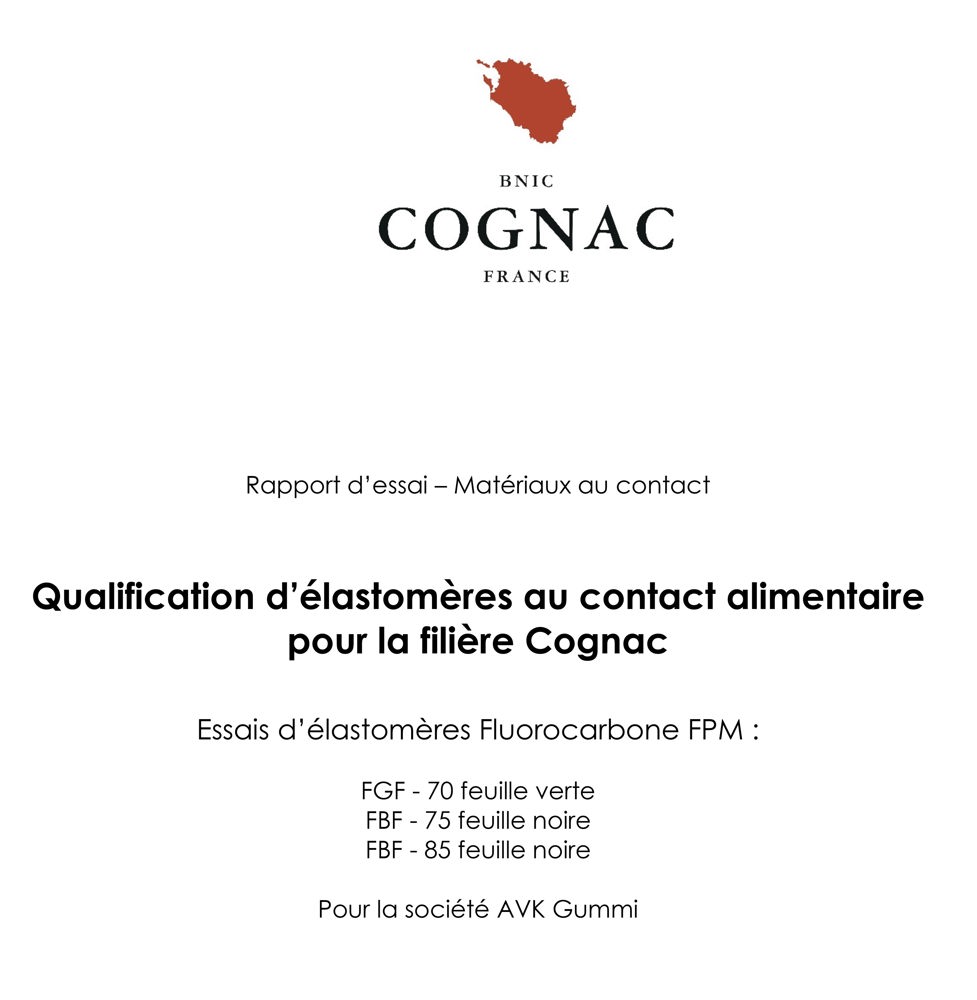How to prevent taste and odour from rubber to food
Naturally, rubber must not cause taste or odour to the food that it comes into contact with. The compound must be formulated, bearing in mind that the ingredients will not cause any problems in this respect. It is necessary to have a deep understanding of the chemistry behind the different ingredients as well as the interaction between the food and the cleaning chemistry. Furthermore, it is important that taste and odour tests are carried out on a professional basis.
Why natural rubber is not suited for food contact
Many people believe that natural rubber is well suited for contact with food, because it is a natural product. Unfortunately, this is a misunderstanding. When latex has been extracted from the rubber tree, it must be processed, which leaves behind different latex residues that may cause allergies. Furthermore, a drying and smoking process takes place, leaving behind a highly distinctive taste and odour from the natural rubber.
Formulation of compounds for food contact
In the production of synthetic polymers, such as EPDM, HNBR, FKM and silicone, the preliminary steps of natural rubber production are skipped, and focus is on polymerisation and purification.
Synthetic polymers may be divided into different classes. The purest forms contain the lowest residual amounts of monomers and catalysts and are classified for food contact or pharmaceutical use. This is the type that AVK GUMMI always uses for food contact.
Apart from the polymer, a rubber compound contains other elements: A curing system, an anti-ageing system and other systems controlling the function.
You may have wondered why most rubber products are black and considered that it might be nice with other colours. The reason for the black colour is that carbon black is used to strengthen the compound. Carbon black may be either very clean or very cheap. The consequence of choosing a cheap carbon black is, among others, that taste and odour will be drastically impaired.
Apart from the choice of ingredients, the curing process is of great importance to the final outcome.
An example of a taste and odour test
In AVK GUMMIs R&D department, taste and odour tests are an integral part of the test programme when we develop new compounds for food contact. During this process, we compare two water samples; one with rubber and one blank.
The test supervisor makes the following preparations:
The two bottles are placed in a dark cabinet for 72 hours at room temperature. After that, the odour of the water in the two bottles is compared. If the result is satisfactory, the taste of the water is then compared.
The test is carried out by three persons, randomly picked out from a test panel that have been approved for the test procedure. Each member of the test panel evaluates the test after which the average result is calculated. For compounds for food contact, the result must always be “no odour” and “no taste”.
An example - Cognac
We typically carry out all tests in accordance with the same standard in order to create comparable data. However, it is not always relevant to test in mineral water, e.g. when producing some of the finest cognac in the world.
The rubber solubility parameters of alcohol and water are different and will consequently give different results. With water, we will obtain the best results with an EPDM compound, while the best result in alcohol will most often be obtained with an FKM compound.
In order to document this, we have sent a number of our compounds for testing at BNIC – Bureau National Interprofessionnel du Cognac. After successful testing, the compounds will be added to a list of food contact materials suitable for Cognac.

